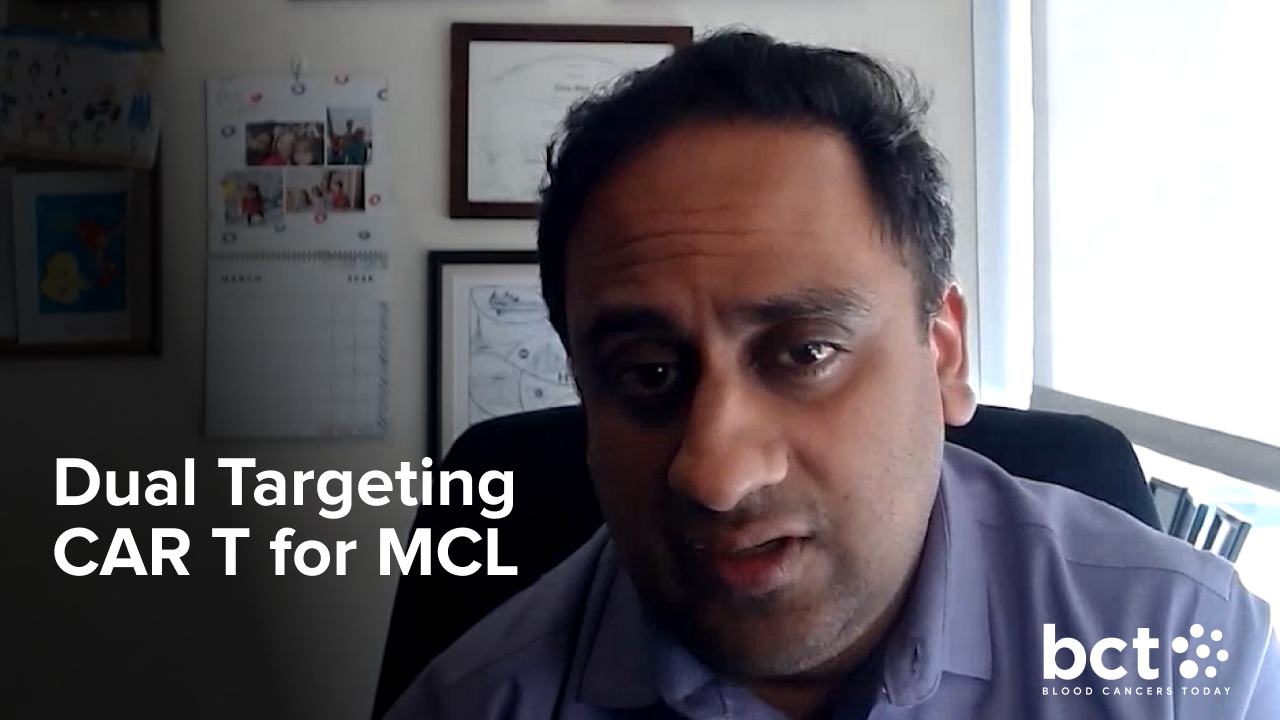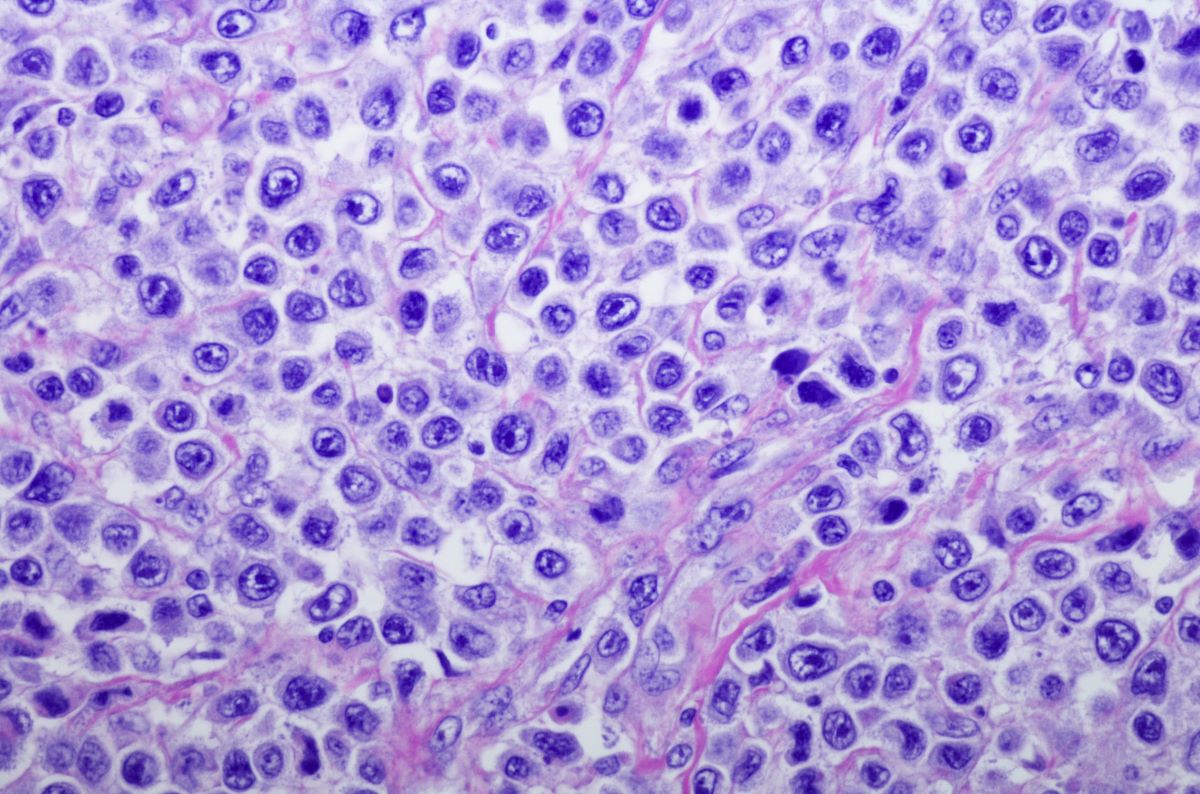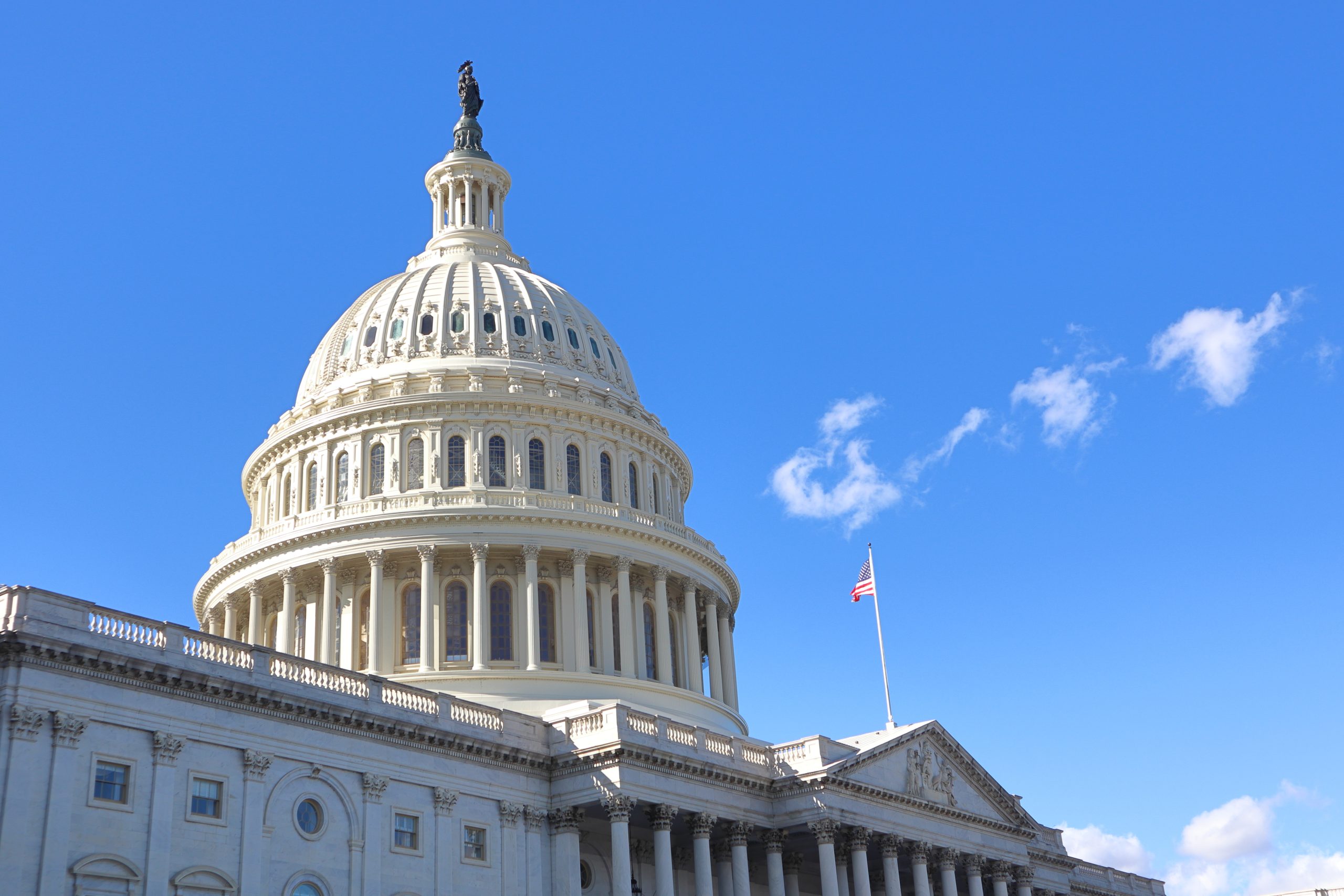
In patients with relapsed or refractory mantle cell lymphoma (MCL) receiving the chimeric antigen receptor (CAR) T-cell therapy brexucabtagene autoleucel (brexu-cel), an observational study revealed significant hematological toxicity and increased infectious complications.
The researchers of the study also introduced the CAR-HEMATOTOX (HT) score, effectively identifying high-risk patients prone to these adverse effects linked to higher therapy-related nonrelapse mortality (NRM). Elevated HT scores correlated with lower response rates and poorer progression-free survival (PFS) and overall survival (OS).
In this analysis, baseline HT scores >2 showed neutropenia and higher rates of severe infections in this subgroup of patients receiving brexu-cel, according to the study, which was led by Kai Rejeski, PhD, from Ludwig Maximilian University Hospital at Ludwig Maximilian University in Munich, Germany.
“Overall, detailed reporting on cytopenias and infectious complications following brexu-cel remains scarce for the real-world setting,” the investigators wrote in their study. “Furthermore, no early risk-stratification system for hematological toxicity, infections, and survival outcomes has been validated for [relapsed or refractory] MCL patients.”
Examining Patient Characteristics
The investigators sought to examine the incidence of cytopenia and infection as well as the associations between baseline HT scores and toxicity events, NRM, PFS, and OS.
A total of 103 patients were stratified at lymphodepletion based on their baseline HT scores. Patients with a baseline HT score of 0 to 1 were in the HTlow cohort (n=56), and patients with a baseline HT score >2 were in the HThigh cohort (n=47).
Patients in the HThigh cohort had a longer median neutropenia duration of 14 days versus six days of those in the HTlow cohort. Furthermore, the HThigh cohort exhibited a significantly higher rate of severe infections than the HTlow cohort (30% versus 5%, P=.001).
The overall one-year NRM was 10.4%, which according to the researchers, was mainly attributed to infections and varied between cohorts. Patients in HTlow cohort had a one-year NRM of 4.6% and the HThigh cohort’s one-year NRM was 17%. In addition to a higher NRM rate, the HThigh cohort experienced an inferior 90-day complete response rate (68% vs 93%), PFS (median, nine months vs not reached), and OS (median, 26 months vs not reached).
Regarding the results of their study, the investigators wrote that identifying baseline HT scores in patients prior to brexu-cel infusion could aid in early risk-stratification of patients with relapsed or refractory MCL.
“The score will enable individualized toxicity management strategies that spare over-treatment in low-risk candidates, while mitigating the sequelae of toxicity in high-risk patients,” the investigators concluded.
Reference
Rejeski K, Wang Y, Albanyan O, et al. The CAR-HEMATOTOX score identifies patients at high risk for hematological toxicity, infectious complications, and poor treatment outcomes following brexucabtagene autoleucel for relapsed or refractory MCL. Am J Hematol. 2023;10.1002/ajh.27056. doi:10.1002/ajh.27056






 © 2025 Mashup Media, LLC, a Formedics Property. All Rights Reserved.
© 2025 Mashup Media, LLC, a Formedics Property. All Rights Reserved.